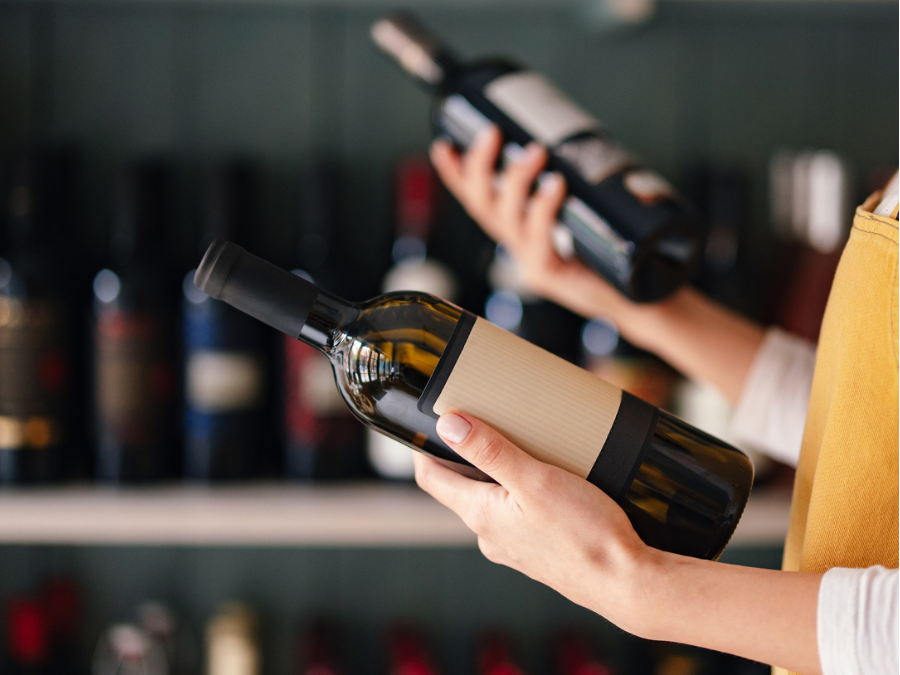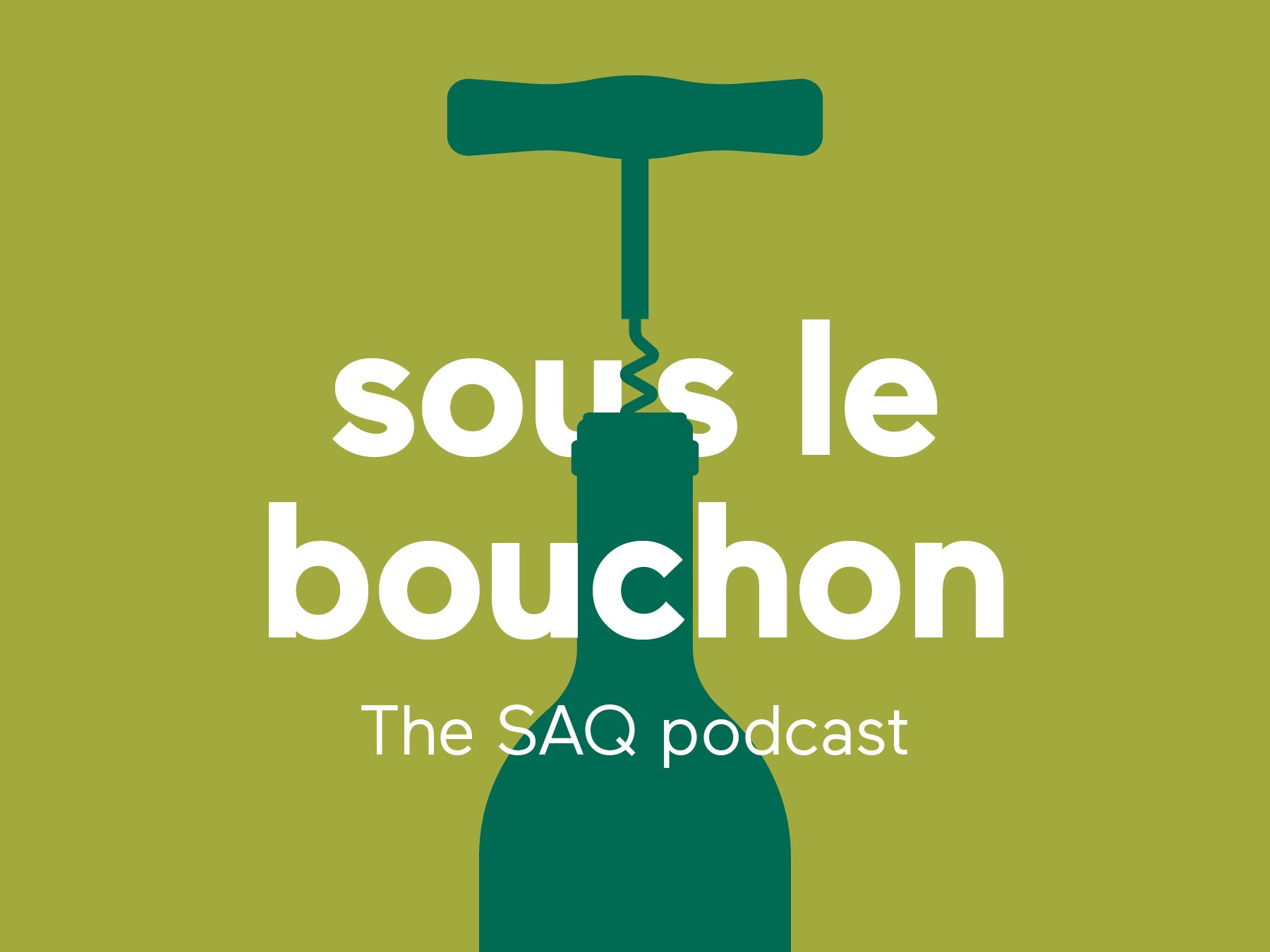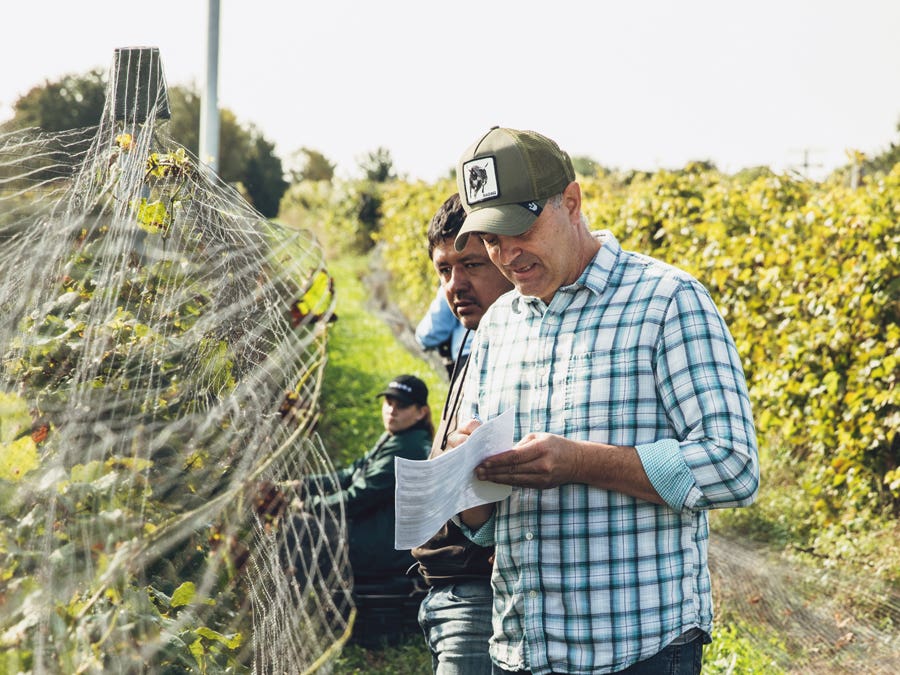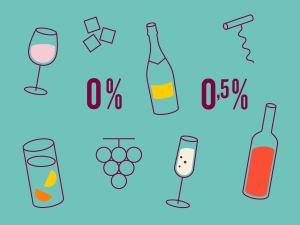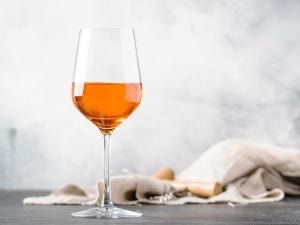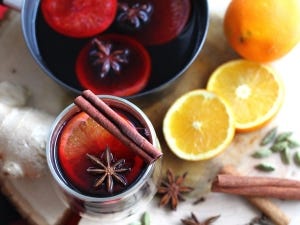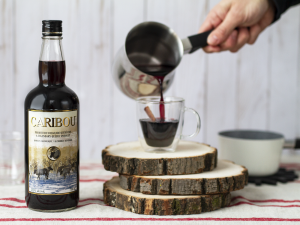What’s an eco-responsible container?
A container that meets two criteria: first, it has a smaller carbon footprint than a traditional glass bottle and, second, it is recyclable in Quebec through the deposit system or the selective collection system (curbside recycling).
Four types of eco-responsible containers are found at the SAQ:
- Lightweight glass bottles
- Multilayer containers (Tetra Pak, for example)
- Plastic bottles, ideally with high recycled content
- Aluminum cans.
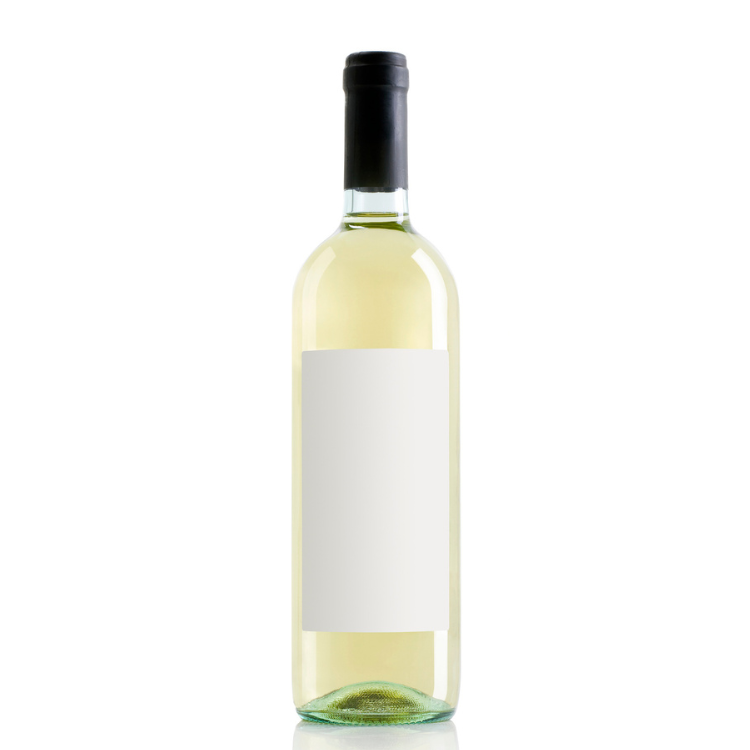

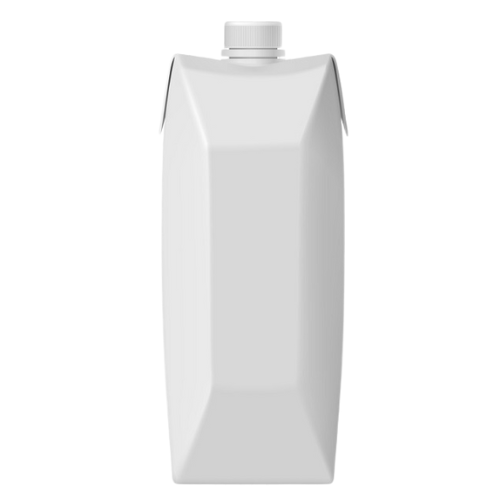



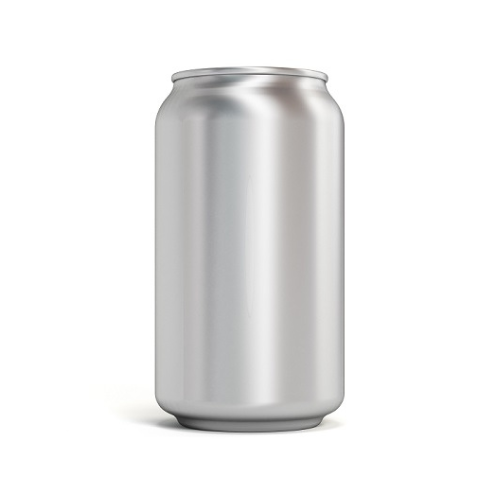

Est-ce que ça change la qualité ou le goût du produit?
Le contenant sert principalement à contenir le liquide et à le protéger pour qu’il puisse être conservé et transporté. Le matériau utilisé, que ce soit du verre, du plastique ou de l’aluminium n’influence pas la qualité du produit, surtout si on le consomme à l’intérieur d'environ une douzaine de mois tout dépendant des produits. La majorité des produits, sauf peut-être les vins de garde, peut être emballée dans un contenant alternatif à la bouteille de verre traditionnel ou allégé, comme un contenant de carton multicouche, une bouteille en plastique, ou une canette d’aluminium.
Do eco-responsible containers change the product’s quality or taste?
A container’s main purpose is to hold and protect the liquid contents so they can be kept in top condition and shipped.
Be it glass, plastic or aluminum, the material used for the container does not affect the product’s quality, especially if the product is consumed in the 12 months or so following purchase (depending on the product, of course). With the possible exception of wines meant for long ageing, most products can be packaged in an alternative container instead of a traditional or lightweight glass bottle. Common alternatives include multilayer containers, plastic bottles and aluminum cans.
Why does the SAQ want to increase its offer of eco-responsible containers?
According to our latest greenhouse gas (GHG) inventory, 57% of our GHG emissions are attributable to the production of containers and packaging.
Our objective is to increase our offer of eco-responsible containers to include 52% of all the products we sell by fiscal 2027-2028. This will allow us to reduce GHG emissions related both to our containers and to the shipping of our products. It is yet another way of ensuring the SAQ meets its target of zero direct greenhouse gas emissions by 2040.
o What’s more, because they’re lighter than traditional glass bottes, eco-responsible containers mean lighter loads for our employees to lift.
How can you find eco-responsible containers in stores?
75% of the wine bottles sold in stores are lightweight glass, so there’s already a good chance your wine bottle is eco-responsible. When at the store, you can test bottle weights; you’ll quickly feel that some bottles are lighter than others. From a GHG emissions and recyclability standpoint, multilayer containers, plastic bottles and aluminum cans are the best option for a eco-responsible container. Look for them the next time you’re in a store!
On vous recommande
-
Read more
Whether red, white or rosé, some wines are "greener" than others. In response to the many challenges facing the planet, the wine industry is mobilizing to offer us products aligned with our values. Here’s how to make responsible choices the next time you visit the SAQ.
-
Read more
Know what makes a wine or spirits container eco-responsible? Maxime Rivest from the SAQ’s Social Responsibility team and Geneviève Dionne from Éco Entreprises Québec discuss the issue and suggest more sustainable solutions.
-
Read more
With environmental awareness gaining ground, could regenerative viticulture be the next big thing? We spoke about it with Simon Naud, a pioneer of the movement in Quebec, and Michel Gassier, who comes from a long line of French winemakers.
 Access to SAQ Inspire personalized services and store inventories are unavailable at the moment.
Access to SAQ Inspire personalized services and store inventories are unavailable at the moment. Free in-store delivery with purchases of $75+ in an estimated 3 to 5 business days.
Free in-store delivery with purchases of $75+ in an estimated 3 to 5 business days. 
